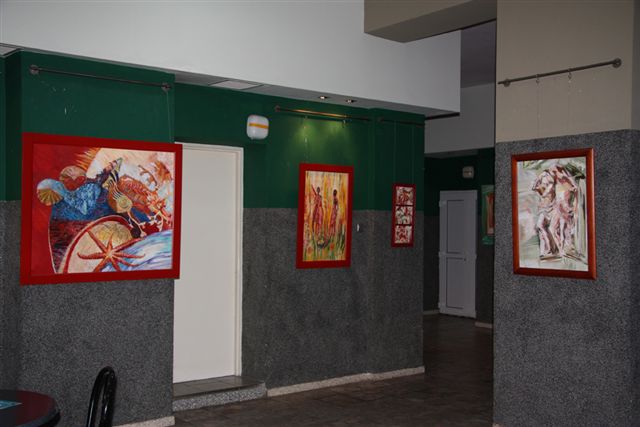Wine Tasting
페이지 정보

본문
Wine Tasting
Do you eat throughout a wine tasting?
During a wine tasting, the question of whether to eat can range depending on the sort of tasting and private preferences. Here are some considerations:
Reasons to Consider Eating
- Palate Cleansing: Having meals can help cleanse your palate between tastings, allowing you to better recognize the distinct flavors in each wine.
- Balancing Alcohol: Consuming meals might help take up the alcohol, making the expertise extra pleasant and less overwhelming.
- Enhancing Flavors: Certain meals can complement and enhance the flavors of the wines being tasted, leading to a extra participating experience.
Types of Foods to Pair
- Cheese: A classic pairing that may convey out the nuances in red and white wines.
- Charcuterie: Meats can add depth and complexity to your tasting experience.
- Fresh Fruits: Fruits like grapes, apples, or berries can function a refreshing palate cleanser.
In summary, whereas it isn't mandatory to eat throughout a wine tasting, it can improve the general expertise. Whether you choose to snack flippantly or enjoy a full meal, the secret is to search out what works finest for you.

What are the processing steps of wine?
The processing steps of wine contain several key levels that remodel grapes into the final product. Here is an outline of those steps:
1. Harvesting: Grapes are picked from the winery at their optimal ripeness. This could be accomplished by hand or using mechanical harvesters.
2. Crushing: The harvested grapes are crushed to release their juice. This may be carried out using traditional strategies or modern machinery.
3. Fermentation: The juice is transferred to fermentation vessels, the place yeast is added. This yeast converts the sugars in the grape juice into alcohol and carbon dioxide. Fermentation can final from a number of days to a number of weeks.
4. Clarification: After fermentation, the wine is clarified to remove any solids and sediment. This may be achieved through natural settling, filtration, or centrifugation.
5. Aging: The clarified wine is aged in varied containers, 부산유흥 corresponding to chrome steel tanks or oak barrels. Aging permits the wine to develop more complicated flavors and aromas over time.
6. Bottling: Once the desired traits are achieved, the wine is bottled. This process usually contains extra filtration and the addition of sulfur dioxide to protect the wine's high quality.
7. Labeling: Finally, bottles are labeled, offering essential details about the wine, together with the kind, origin, and vintage.
Each step in the processing of wine plays an important function in shaping the final product, contributing to its unique flavor, aroma, and general character.
What are the steps of wine tasting?
Wine tasting is a sensory experience that includes several steps to totally recognize the wine's traits. Here are the important thing steps to comply with:
1. Observe
Start by inspecting the wine's appearance. Hold the glass against a white background to look at its shade and clarity. Look for particulars such as:
- Color: Note the hue, depth, and any variations.
- Clarity: Check if it is clear or has sediments.
2. Swirl
Gently swirl the wine in your glass. This motion releases the wine's aromas. Swirling will increase the floor space and helps to oxygenate the wine.
3. Smell
Bring the glass to your nose and take a deep inhale. Identify the various aromas you could detect. You may discover:
- Fruity scents: Such as berries, citrus, or stone fruits.
- Floral notes: Like rose or jasmine.
- Earthy undertones: Such as minerality or spices.
4. Taste
Take a small sip and let it roll over your palate. Consider the following attributes:
- Sweetness: Is the wine dry, off-dry, or sweet?
- Acidity: Does it have a refreshing tartness?
- Tannins: Are they delicate or astringent?
- Body: Is the wine light, medium, or full-bodied?
5. Finish
Observe the aftertaste after swallowing the wine. Consider how lengthy the flavors linger and whether or not they are nice. A long, expressive finish is usually an indication of a high-quality wine.
6. Reflect
Finally, take a second to reflect on your total experience. Consider how the wine's appearance, aroma, style, and end combine to create your impression. You might need to jot down your thoughts or rankings for future reference.
Following these steps will enhance your wine tasting experience and deepen your appreciation for different wines.
- 이전글A Guide To Jaguar Key Programming From Start To Finish 24.12.15
- 다음글Explore Loans Without Credit Check 24.12.15
댓글목록
등록된 댓글이 없습니다.
